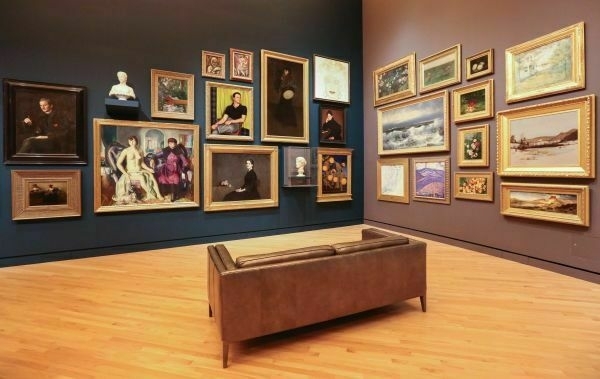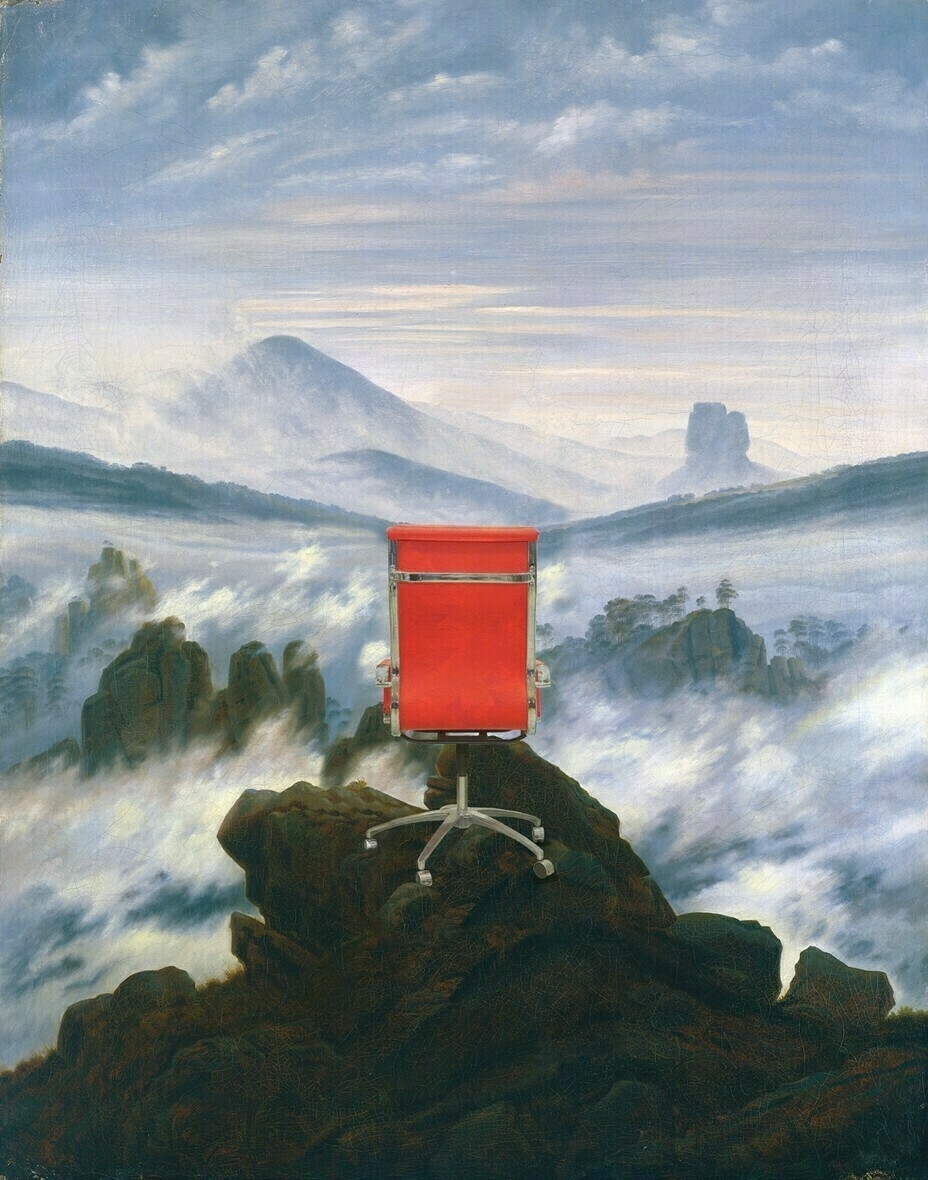Art gallery mode
I love this post by David Cain so much. He talks about how every weekend during the summer he goes on a bike ride. Using an app to randomise his destination, he always finds something worth discovering. Why? Because he’s in what he calls ‘art gallery mode’.
To select a destination, I use an obscure app called Randonautica, which creates an X-marker somewhere on a map of the city. The app’s “About” section says it chooses this location through “theoretical mind-matter interaction paired with quantum entropy to test the strange entanglement of consciousness with observable reality.” It says the app’s users, when they arrive at their prescribed locations, often find “serendipitous experiences that seemingly align with their thoughts.”Source: How to Get the Magic Back | Raptitude[…]
The first time it sent me to a creekside clearing, where I saw a strange black glob in the water that turned out to be a mass of tadpoles. Another time it sent me to a gravel back lane near where I used to live, at a spot where someone had written “DAD!” on the fence in some kind of white resin. Another day it took me to a book-exchange box containing only children’s books and Stephen King’s Tommyknockers.
Wherever it sends you, there’s always something there that seems charged with a small amount of cosmic significance, even if it’s just a particularly charismatic patch of dappled sunlight, an abandoned shopping list with unusual items on it, or some other superordinary sight akin to the twirling plastic bag in American Beauty.
The trick here is that there’s always something significant, poignant, or poetic everywhere you look, if your mind is in that certain mode – so rare for adults — of just looking at what’s there, without reflexively evaluating or explaining the scene. A mystery co-ordinate in an unfamiliar neighborhood gives you few preconceptions about what you’re going to find there, so the mind naturally flips into this receptive, curious state that’s so natural for children.
I sometimes call this state “art gallery mode,” because of a trick I learned from an art history major. We were at the Metropolitan Museum of Art in New York, browsing famous abstract paintings by Pollock, Kandinsky, Mondrian, and other artists whose swirls, rectangles, and blobs are regarded as masterpieces.
Exploration pays long-term dividends for your career
This article focuses on the work of Dashun Wang, an economist at Northwestern University, who has looked at ‘hot streaks’ in the careers of regular people.
It comes down, apparently, to exploring areas and then exploiting them. I would translate that into British English as “pissing around with stuff that looks interesting until you find a use for it”.
The conventional wisdom is that hot streaks happen in our middle age. One famous analysis of scientists and inventors found that their ability to produce Nobel Prize–winning insights and landmark technological contributions peaks between the ages of 35 and 40. Another analysis of “age-genius curves” for jazz musicians found that musical productivity rises steadily until about the age of 40 and then declines sharply.Source: Hot Streaks in Your Career Don’t Happen by Accident | The AtlanticWang’s analysis—which used a broader measure of productivity for a much larger group of people—didn’t find anything special about the productivity of middle-aged people. Instead, hot streaks were equally likely to happen among young, mid-career, and late-career artists and scientists. Other theories fell flat too. Maybe, he thought, getting hot is a numbers game, and hot streaks happen when you produce the most work. Or maybe extremely successful work periods are all about focusing on one specific type of art or scientific discipline—as the 10,000-hours-of-practice rule popularized in Malcolm Gladwell’s book Outliers suggests. Or maybe hot streaks are more about who else we’re working with, and we’re most successful when we cozy up to superstars in our domain. But no explanation fit the data set.
Until this year. This summer, Wang and his co-authors published their first grand theory of the origin of hot streaks. It’s a complicated idea that comes down to three words: Explore, then exploit.

